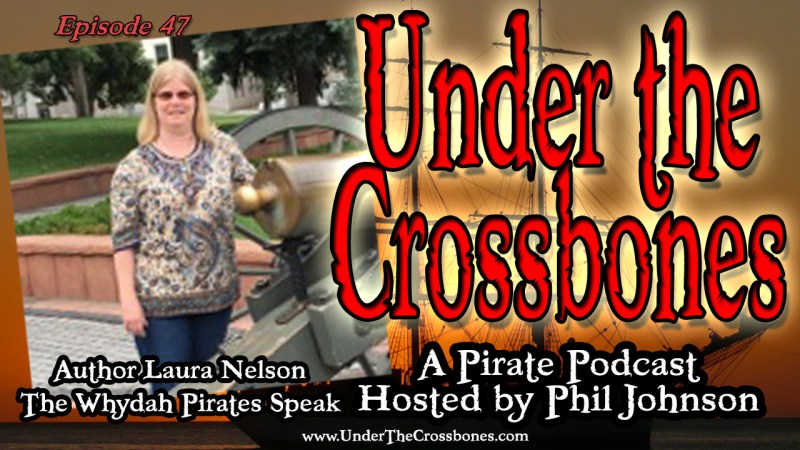I remembered this song while watching a special on the Galveston hurricane a couple of weeks ago. Since it was originally sung by French fisherman from an unknown date, it is not unreasonable to expect that some Frenchman among the pirate crews might have know this song.
You can go to the web site here:
Queen of the Waves
Queen of the Waves
Queen of the Waves is a
French hymn (author unknown) sung by French fishermen seeking protection from storms.
In the
United States, it became well known as a result of the
Galveston Hurricane of 1900. The
nuns of the
St. Mary's Orphan Asylum
had the orphans sing this song (in English) in order to calm them. Of
the 93 children and 10 sisters in the orphanage, only three teenage boys
survived.
As a result of this event, the
Sisters of Charity of the Incarnate Word across the world sing this song every year on September 8, and remember the sisters and orphans that died that day.
The Sisters of Charity created an audio CD titled
Queen of the Waves: Centennial Remembrance of The Great Storm of 1900, and
MP3 audio files are available from the official
1900 Storm Remembrance Site. This CD tells the story of the Saint Mary's Orphanage during the 1900 Storm and includes the song Queen of the Waves.
Also,
Gertrude Ederle, the first woman to swim across the
English Channel in 1926 was popularly known in the press as "Queen of the Waves."
Lyrics
- From north to south, from east to stormy west,
- See how the waters with tumultuous motion
- Rise up and foam without a pause or rest.
- Thou art our Mother and thy little Child
- Is the All Merciful, our loving Brother
- God of the sea and of the tempest wild.
- By thy seven griefs, in pity Lady save;
- Think of the Babe that slept within the manger
- And help us now, dear Lady of the Wave.
- Thy votive lamp sheds down on us afar;
- Light of our eyes, oh let it ne'er grow dimmer,
- Till in the sky we hail the morning star.
- And grateful psalms re-echo down the nave;
- Never our faith in thy sweet power can falter,
- Mother of God, our Lady of the Wave.
- Here is a slightly different version of the hymn:
-
Queen of the Waves, look forth across the ocean
From north to south, from east to stormy west,
See how the waters with tumultuous motion
Rise up and foam without a pause or rest.
But fear we not, tho' storm clouds round us gather,
Thou art our Mother and thy little Child
Is the All Merciful, our loving Brother
God of the sea and of the tempest wild.
Help, then sweet Queen, in our exceeding danger,
By thy seven griefs, in pity Lady save;
Think of the Babe that slept within the manger
And help us now, dear Lady of the Wave.
Up to thy shrine we look and see the glimmer
Thy votive lamp sheds down on us afar;
Light of our eyes, oh let it ne'er grow dimmer,
Till in the sky we hail the morning star.
Then joyful hearts shall kneel around thine altar
And grateful psalms re-echo down the nave;
Never our faith in thy sweet power can falter,
Mother of God, our Lady of the Wave.






